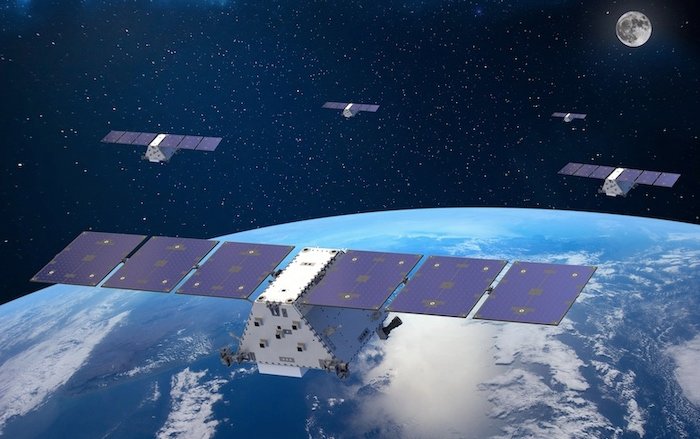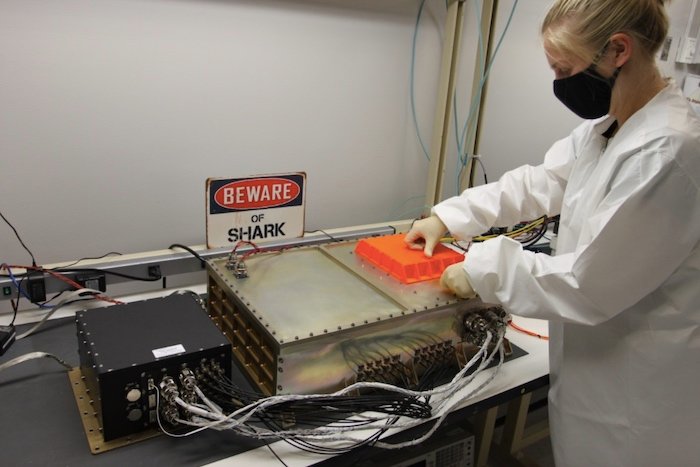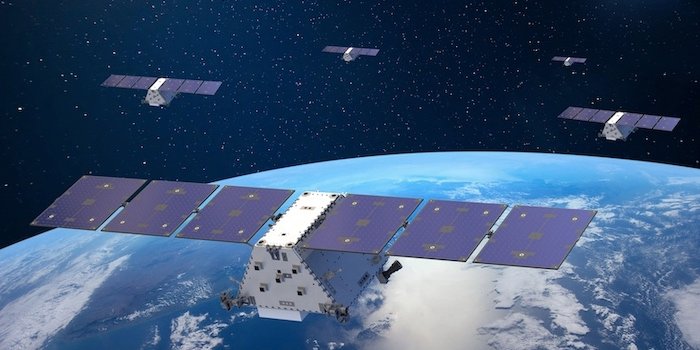While researchers have discussed 5G’s merits for everyday users and urban settings ad nauseam, emerging radiofrequency (RF) technologies are opening new doors beyond gaming and autonomous vehicles. Now, companies are investigating how mmWave hardware and infrastructure may increase production in both farming and aerospace sectors.
Leveling the Playing Field for Rural Customers
Contents
With roughly 83% of Americans living in cities, carriers are incentivized to innovate connectivity technologies in these more congested areas. mmWave technology typically supports speeds around 5Gbps, but urban congestion has limited those speeds to 1.1Gbps in cities like Chicago. Accordingly, carriers in congested regions must compromise between speed and coverage. This issue evaporates in rural areas—where users are few, bandwidth is plentiful, and sightlines are clear.
A partnership between Qualcomm and 5G RuralDorset is bringing these capabilities to more rural users than ever before. As part of the DCMS 5G Test-beds and Trials Programme, Qualcomm is supplying 5G mmWave modules to the agricultural project. Ultimately, the goal is to connect multiple robots to high-frequency networks, in tandem, whilst forming a data pipeline.
Sensors can measure moisture, nutrition, and fertilizer levels.

“Smart farming” usually refers to sensor data collection used to enhance traditional agricultural practices. Image used courtesy of Carritech
Additionally, sensors make it easier to capture climate data—which is critical to successfully navigating growing seasons. 5G modems will live within these IoT devices. Quick connectivity allows devices to upload data seamlessly and precisely. There’s hope that 5G units will support technologies like MIMO, network slicing, and new small-cell towers.
Qualcomm will continuously test the effectiveness of its Snapdragon SoCs in tandem with its 5G modems. Researchers hope that robots can work cohesively. Investment into modem development may also decrease both unit costs and battery consumption.
5G Plus the Power of Satellites
While 5G infrastructure is needed on the ground, both Lockheed Martin and Omnispace are exploring space-based network development. The duo has posed a simple question: what if we could supplement terrestrial 5G with non-terrestrial infrastructure?
It may sound like something rooted in science fiction, and the execution is anything but simple. However, the pair believes strongly in the potential benefits—chiefly seamless connectivity regardless of global location. The proposed network would leverage a collection of satellites alongside existing 5G hardware on the ground. Omnispace is providing its 2GHz S-band spectrum while abiding by 3GPP standards.

A depiction of Lockheed Martin’s satellite constellation. Image used courtesy of Omnispace
Though theoretically useful for all, the 5G non-terrestrial network (NTN) project centers on commercial and civil applications.
Opening the Door for Futuristic Communications
A NASA-Northrup Grumman collaboration has served as a proof of concept for space-based 5G. The aerospace company’s SharkSat technology is an integrated communications unit—useful for capturing electronic telemetry data during spaceflight. Back in January, Grumman’s Cygnus spacecraft served as a two-week testbed for this technology.

The SharkSat unit during preparation. Image used courtesy of NASA
SharkSat beams on-board information to operators on the ground. The eventual goal is the development of a Ka-Band, software-defined radio (SDR). Communications at this electromagnetic frequency don’t suffer from interference or performance degradation. Transmission rates outperform those of current bandwidths by hundreds of times.
SharkSat maturation also remains an interesting venture for EEs since it relies on advanced receivers, ICs, and multiprocessors. Reliability and power consumption are major focus areas.
Finally, Northrop Grumman expects new 5G communications to stem from SharkSat—both space-to-space and space-to-ground.
It’s possible that initiatives like 5G Open RAN will boost the spectrum’s effectiveness—connecting devices to cloud-based network resources and expanding accessibility to this protocol. What has surprised you about the roll-out of 5G in the past year? Share your thoughts in the comments below.


